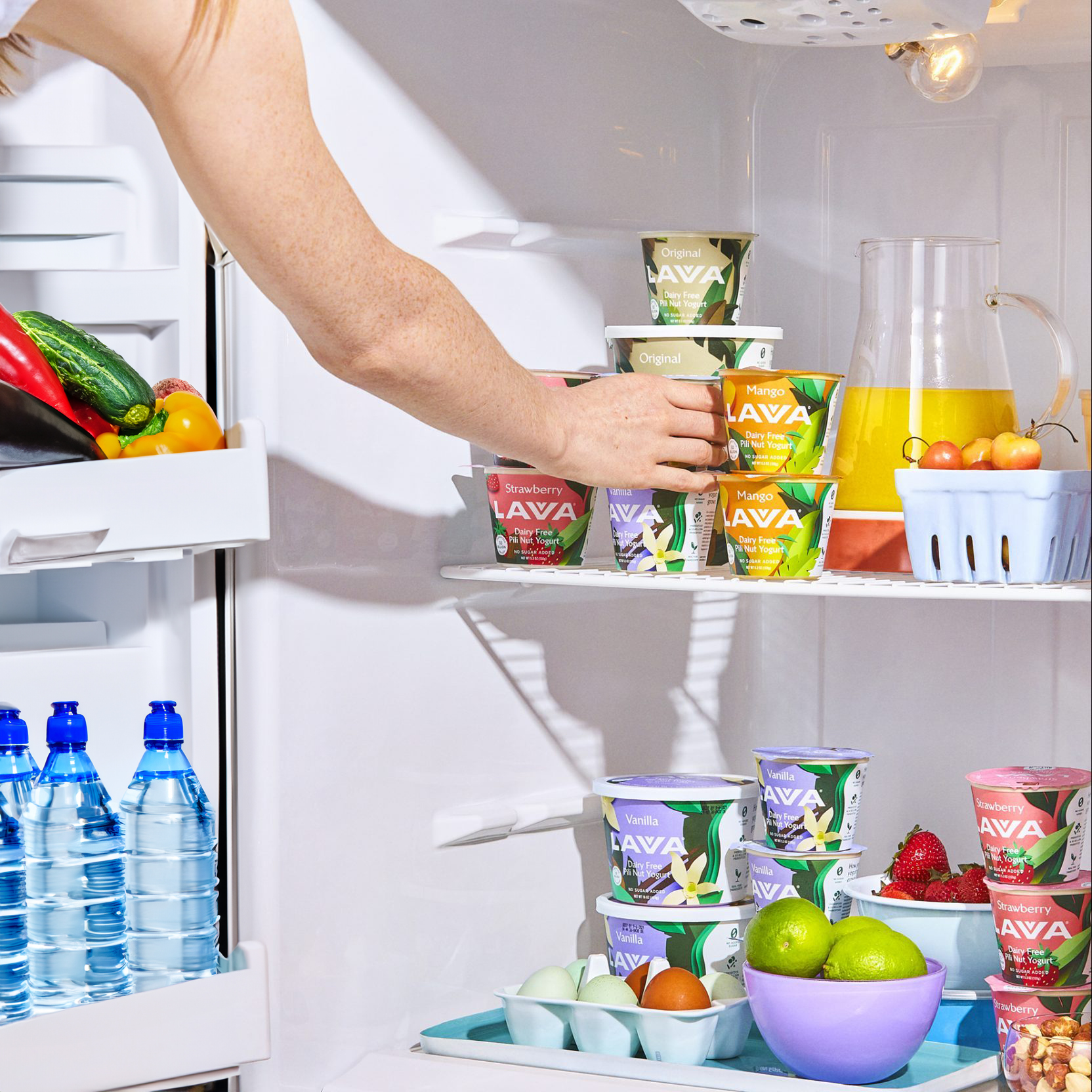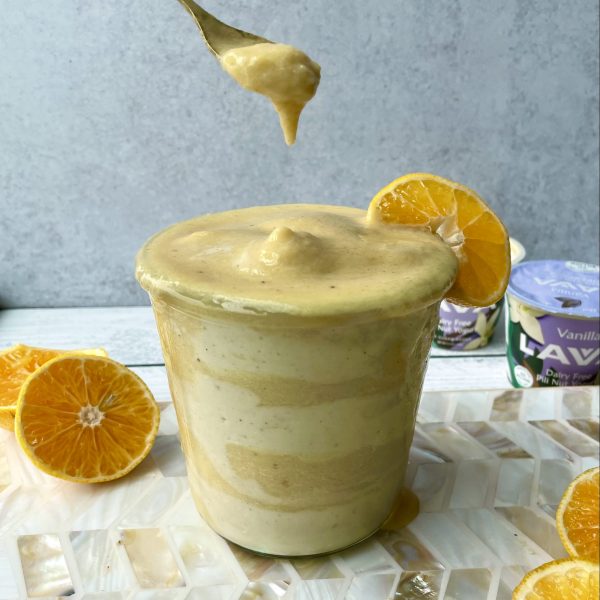Is it just us or does it feel like you need an advanced degree to decipher a food label? From hard-to-pronounce ingredients to foreign additives, the nutrition panels on packaged foods can confuse even the most expert label readers.
That’s why we asked Lavva’s contributing nutritionist, Anthea Levi, MS, RD, to highlight five types of ingredients to beware of on food labels.
{P.S. We’ve said it before and we’ll say it again: there’s no such thing as a “perfect” diet. You’ll be ok if you consume the below every now and then. Rather, it’s the choices we make day in and day out that matter most for our health. So if your go-to yogurt is packed with sneaky sweeteners or your plant milk with weird fillers, you may want to rethink your staple brands.}
Sneaky Sweeteners
Brown rice syrup. Barley malt. Dextrin. There are more than 60 ways sugar may be listed on a food label, according to the University of California, San Francisco. It’s really no surprise then that most of us miss the fact that our food is loaded with the sweet stuff.
Regularly consuming excessive amounts of added sugar like brown rice syrup and even raw cane sugar can up our risk of insulin resistance and type 2 diabetes, weight gain and dental cavities.
And sugar-free options aren’t much better. Sugar alcohols like xylitol and erythritol are a common cause of digestive issues like bloating, gas and diarrhea in sensitive individuals.
While an ice cream cone is encouraged here and there, try to make your everyday eats free from added sugars, sugar alcohols and artificial sweeteners. Not only will this automatically set you up to eat fewer processed foods, but your energy levels will stay more stable and your cravings will likely decline. Luckily all Lavva products get their sweetness from whole food sources, like dates, coconuts and fresh fruit. You’re welcome.
Inulin
This ingredient isn’t inherently bad for you, but it does deserve a warning label for a subset of consumers, like individuals with IBS.
Inulin, which is derived from chicory root, is a prebiotic fiber that’s added to products for flavor or textural purposes. Different forms of inulin can help make foods taste sweeter or creamier without contributing additional calories. The ingredient can also add a few grams of fiber to packaged foods like protein bars and yogurts.
While prebiotics are beneficial — they get fermented in our colon, providing energy to intestinal cells, among other benefits — it is possible to get too much of a good thing. It’s not uncommon for people with IBS to react to this extracted fiber in processed foods if they eat enough of them.
If you aren’t sensitive to prebiotics, I recommend seeking them out in whole foods, like asparagus, leeks, and the young plantains in Lavva Yogurt.
Partially Hydrogenated Oils
‘Partially hydrogenated oils’ is a synonym for trans-fats, the lab-made fats that have been proven to raise our bad LDL cholesterol and lower our good HDL cholesterol, upping our risk of cardiovascular disease.
The good news? Trans-fat is so bad for us that the FDA banned it from our food supply. The bad news? There’s a catch. Any food that contains less than 0.5 grams of trans-fat per serving is allowed to be labeled as trans-fat free, according to the Mayo Clinic. But those half-grams of trans fat can add up quickly when we eat more than one serving of a food (which, let’s be real, we all do).
Since nutrition facts panels won’t count trans-fats under 0.5 grams per serving, it’s important to always scan the ingredients lists of processed foods for the words ‘partially hydrogenated oils,’ to avoid accidentally ingesting them. FYI, common sources of these fats include non-dairy coffee creamers, stick margarines and refrigerated doughs.
Carrageenan
Pick up most plant milks (except Lavva’s!) and you’ll see stabilizers like carrageenan included in the ingredients list. In case you’re unfamiliar, carrageenan is an ingredient derived from seaweed that serves as a thickening and emulsifying agent in processed foods.
Though it sounds natural enough, the additive has been linked to some not-so-awesome health outcomes. Studies show that carrageenan may promote intestinal inflammation and cause unwanted changes to the composition of the gut microbiome, according to research published in the journal Frontiers in Pediatrics. Thanks, but no thanks.
Food Dyes
Plain and simple: avoid any foods that contain color dyes. Dyes like Red 40, Yellow 5, and Yellow 6 — which come with warning labels in Europe — have been found to be contaminated with carcinogenic materials, per research published in the International Journal of Occupational and Environmental Health. There’s also some evidence that they may cause attention disorders in children.
It’s a good idea to check labels for food dyes, which may be found in products like breakfast cereals, bars, icings and condiments like mustard. Instead, eat the rainbow with real foods like fruits, vegetables, and, of course, Lavva.






